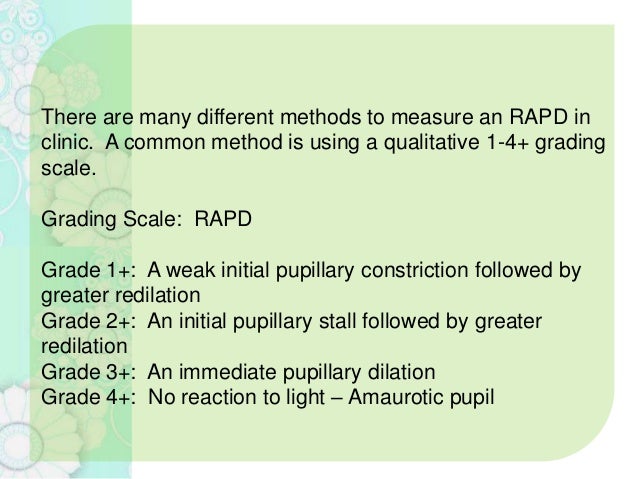

(Thompson 618) General Pathologyĭamage to the parasympathetic ciliary ganglion may result in a tonic pupil. While 80 percent of Adie tonic pupils are unilateral, bilateral involvement typically has an incidence of 4 percent per year. However, it may be noted that the tonic pupil was initially described in 1931 nearly synchronously by Adie, Morgan, Symonds, and Holmes in (2-4) EpidemiologyĪdie tonic pupil has a prevalence of population and occurs in a 2.6:1 female to male ratio with an average age of onset of 32 years (Thompson, 590). The entity is named after William John Adie, an Australian neurologist who extensively described the features.

Brisk pupil reaction full#
Patients may also present with decreased deep tendon reflexes in the full Holmes-Adie Syndrome. Constriction is typically more notable with the near reaction and typically remains tonically constricted with slow re-dilation with segmental paralysis of the iris sphincter. The affected pupil, either unilateral or bilateral typically initially appears abnormally dilated at rest and has poor or sluggish pupillary constriction in bright light. Tonic Pupil ICD-10: H57.051 (right), H57.052 (left), H57.053 (bilateral)Īdie tonic pupil, also known as Adie’s Syndrome or Holmes-Adie Syndrome, is a disorder in which there is parasympathetic denervation of the afflicted pupil resulting in a poor light but better and tonic near constriction. 2.4 Differential diagnosis and additional tests.


 0 kommentar(er)
0 kommentar(er)
